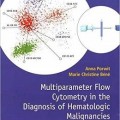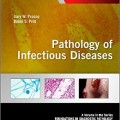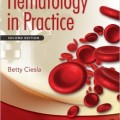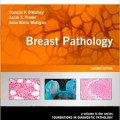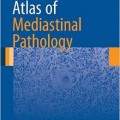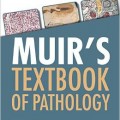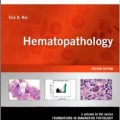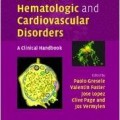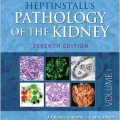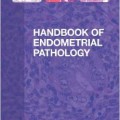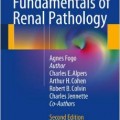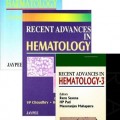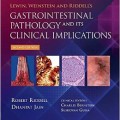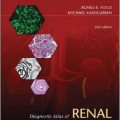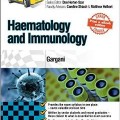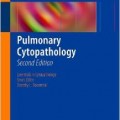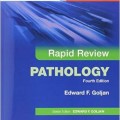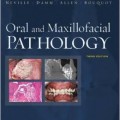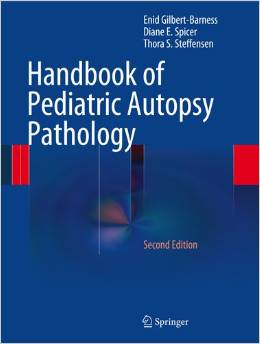دانلود کتاب علم خون: اصول و آسیب شناسی
Blood Science: Principles and Pathology, 1ed
Blood Science is a relatively new discipline which merges biochemistry, haematology, immunology, transfusion science and genetics. This bringing together of traditional disciplines requires a corresponding change in education and training for healthcare scientists and Blood Science: Principles and Pathology is written in response to this emerging need. An introduction to the subject and an overview of the techniques used in blood science are followed by a series of chapters based on groups of analytes investigated in blood – red blood cells, white blood cells and platelets, followed by the constituents of plasma, including waste products, electrolytes, glucose, lipids, enzymes, hormones, nutrients, drugs, poisons and others. Each chapter is supported by learning objectives, summaries and further information, and a focus is given to chapter specific case studies with interpretation to demonstrate how laboratory data in conjunction with clinical details is utilised when investigating patients with actual or suspected disease. Finally, a separate chapter offers more detailed case reports that integrate the different aspects of blood science. Undergraduate students taking blood science modules as part of their BSc programmes in Biomedical and Healthcare Sciences will appreciate the level of integration between clinical biochemistry and haematology. In addition, this book will provide suitable initial reading for those students embarking on blood science modules on MSc programmes and will be of value to new graduates entering the profession and starting their career in blood science departments by supplementing practice-based training with the required theoretical underpinning. This book is approved by the Institute of Biomedical Science and written by its expert writers, many of whom work on the Institute’s advisory panels.
From the Back Cover
Blood Science is a relatively new discipline which merges biochemistry, haematology, immunology, transfusion science and genetics. This bringing together of traditional disciplines requires a corresponding change in education and training for healthcare scientists and Blood Science: Principles and Pathology is written in response to this emerging need.
An introduction to the subject and an overview of the techniques used in blood science are followed by a series of chapters based on groups of analytes investigated in blood – red blood cells, white blood cells and platelets, followed by the constituents of plasma, including waste products, electrolytes, glucose, lipids, enzymes, hormones, nutrients, drugs, poisons and others.
Each chapter is supported by learning objectives, summaries and further information, and a focus is given to chapter specific case studies with interpretation to demonstrate how laboratory data in conjunction with clinical details is utilised when investigating patients with actual or suspected disease. Finally, a separate chapter offers more detailed case reports that integrate the different aspects of blood science.
Undergraduate students taking blood science modules as part of their BSc programmes in Biomedical and Healthcare Sciences will appreciate the level of integration between clinical biochemistry and haematology. In addition, this book will provide suitable initial reading for those students embarking on blood science modules on MSc programmes and will be of value to new graduates entering the profession and starting their career in blood science departments by supplementing practice-based training with the required theoretical underpinning.
Contents
۱ Introduction to Blood Science
۲ Analytical Techniques in Blood Science
۳ The Physiology ofthe Red Blood Cell
۴ The Pathology ofthe Red Blood Cell
۵ White Blood Cells in Health and Disease
۶ White Blood Cell Malignancy
۷ The Physiology and Pathology of Haemosizsis
B The Diagnosis and Management of Disorders of Haemosizsis
۹ Immunopathology
۱۰ Immunogenetics and Histocomoatibility
۱۱ Blood Transfusion
۱۲ Waste Products, Electrolytes and Renal Disease
۱۳ Hydrogen Ions, oH, and .-‘-\cid—Base Disorders
۱۴ Glucose, Lipids and Atherosclerosis
۱۵ Calcium, Phosphate, Magnesium and Bone Disease
۱۶ Nutrients and Gastrointestinal Disorders
۱۷ Liver Function Tests and Plasma Proteins
۱۸ Hormones and Endocrine Disorders
۱۹ Cancer and Tumour Markers
۲۰ Inherited Metabolic Disorders
۲۱ Drugs and Poisons
۲۲ Case Reports in Blood Science









